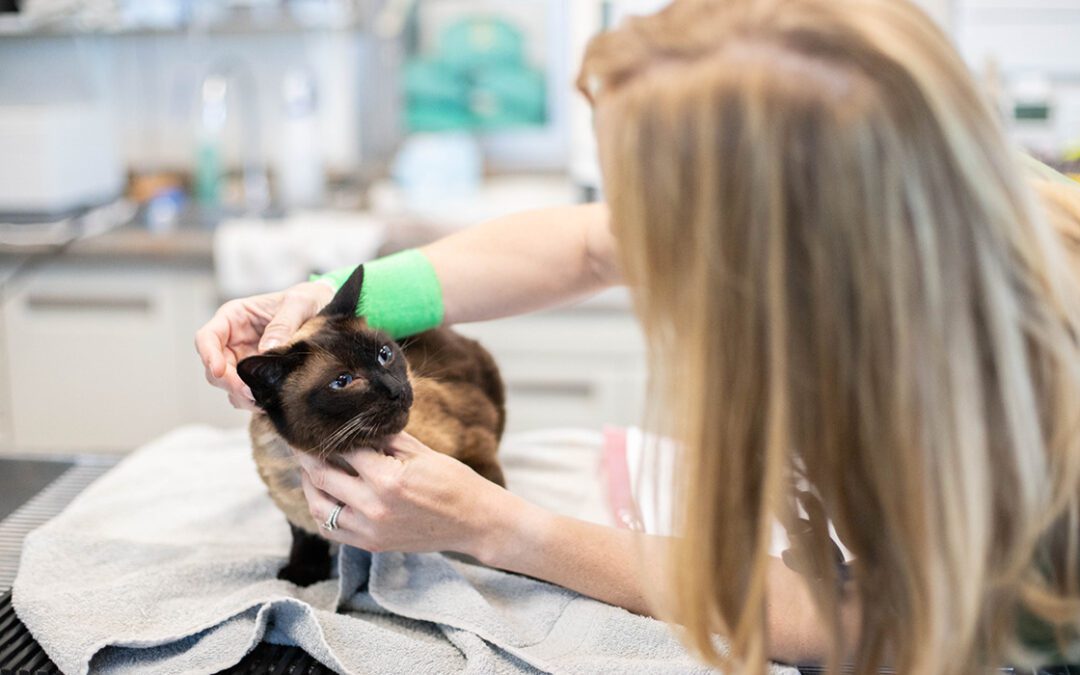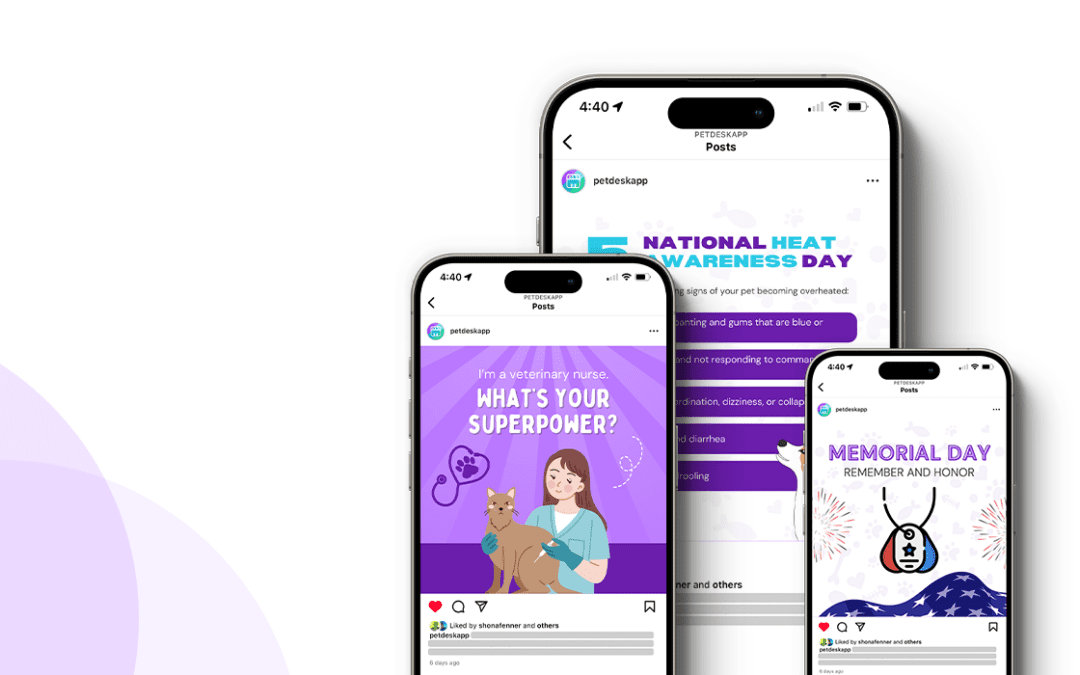1. Lead With Empathy
While you’re busy saving lives, delegating tasks, and supporting staff, it’s easy to forget that your clients have a different list of priorities and concerns. When it comes to the topic of elective services, try to tap into your client’s mindset and lead the conversation from a place of empathy. Times are challenging, and a client might want to wait on an elective service, not because they are a bad pet parent, but because they might have financial limitations. Whatever their concern, validate their feelings.
Emphasize how wellness exams can actually save them money in the long run. Supportive care and treatments are much costlier the longer a condition or disease progresses and goes untreated. Offer a few hypothetical examples. Here’s one: If a cat is urinating more frequently and excessively thirsty, yet these symptoms aren’t surfaced in a timely manner, this could lead to a late diagnosis of kidney disease or hyperthyroidism—something that could have been caught and treated sooner.
2. Emphasize the Purpose of the Exam
It can be unclear what happens during a wellness exam, so emphasize how comprehensive and different it is from an emergency visit. Explain to your client that when you see pets for acute or emergent issues, you are focused on diagnosing and treating the presenting problem as quickly as possible because a lot is at stake. You are not conducting a full body assessment due to obvious limitations. Furthermore, offer another example that your client can relate to. Explain how the wellness exam is like going in for an annual with their primary care physician. Most pet owners will understand this comparison.
Share what happens in the wellness exam, such as thorough examinations of the ears, eyes, nose, throat, mouth, and dentition, an assessment of the lungs, heart, digestive tract, genitalia, skin, and coat condition, and the pet’s overall mobility and mentation. Wellness exams also offer clients a chance to share insights about their pet’s quality of life, like in-home behaviors, stress level, sociability, and more—things you typically can’t pick up on in a clinical environment.
3. Explain Why It’s Relationship-Building
Another added benefit of bringing a pet into your clinic more regularly is habituation and familiarization. It is important for companion animals to feel comfortable in your care. Most pets are extremely nervous in a veterinary setting, but a better-adjusted pet is easier to assess and treat because they are more relaxed.
Remind your client that pets have a tendency to hide illness when under stress. This might cause you to miss something critical that you would otherwise notice if an animal were more relaxed. Emphasize to your client how important it is to get their pet used to the hospital environment at regular intervals in order to make the entire experience less traumatic. A well-socialized and habituated pet means a better veterinary visit for everyone.
4. Offer Supplemental Education Materials
Sometimes people just need time to mull over an idea before they come to a decision. Offer your clients free take-home educational materials and time to process. Consider bundling the educational materials with an incentive or promotion, like an early bird or new-year wellness exam discount to ensure that they follow through with scheduling.
Happy Pet, Happy Owner
Pet owners just want to see their pets happy and thriving. As the veterinary expert, you are in the unique position to fulfill this desire. While sometimes the day-to-day gets overwhelming, remember to keep things human. Speak to your clients as you would a friend, refer to their pet by name or nickname, and remind your clients that you want the absolute best for them and their pet. After all, that’s why you do what you do.
Educate your clients on the benefits of the wellness exam (and more!) by sharing these handouts when they bring their pet in for a check-up!






